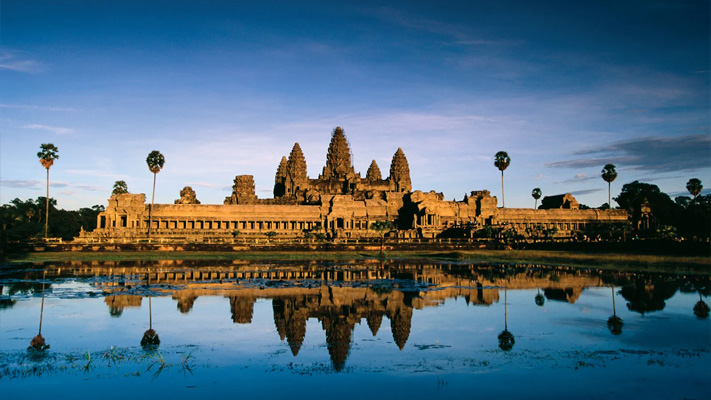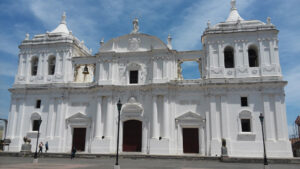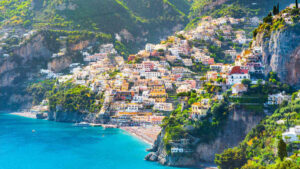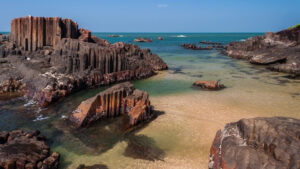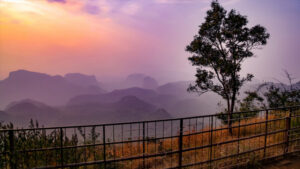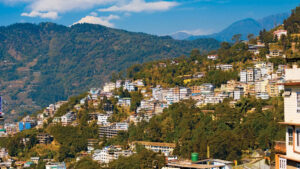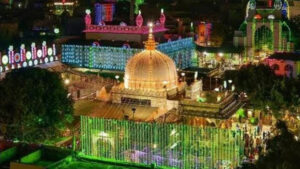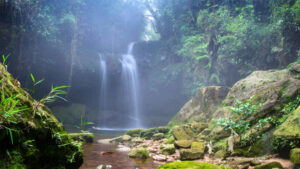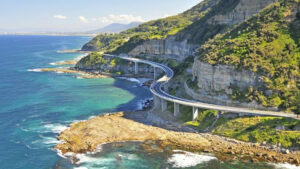ANGKOR WAT, CAMBODIA – DISCOVER THE BEAUTY OF THE PAST

Angkor Wat is a temple complex located in Siem Reap province, Cambodia. It is one of the most important and famous archaeological sites in Southeast Asia and is considered one of the greatest architectural achievements of the Khmer Empire. The complex was built in the early 12th century as a Hindu temple dedicated to the god Vishnu, but was later transformed into a Buddhist temple.

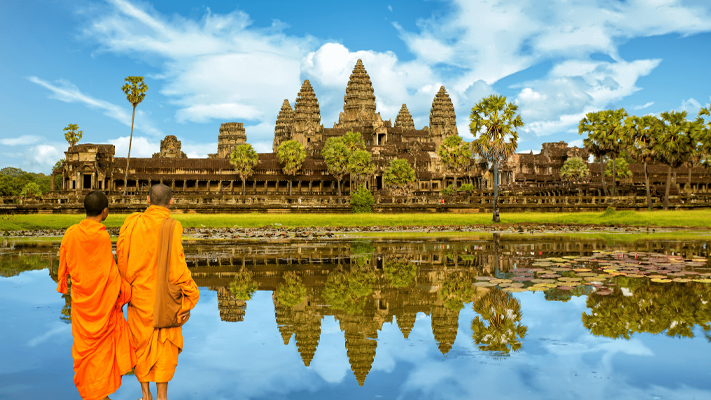
Angkor Wat covers an area of about 400 acres and consists of several temples and buildings, including the main temple with its iconic central tower, surrounded by four smaller towers. The temple is surrounded by a moat and an outer wall, and is accessible via a causeway.
The temple is known for its intricate carvings and bas-reliefs, which depict scenes from Hindu mythology and the history of the Khmer Empire. The carvings cover the walls, columns, and ceilings of the temple, and are considered some of the finest examples of Khmer art.
In addition to Angkor Wat, the Angkor Archaeological Park includes several other important temple complexes, including the Bayon Temple with its famous carved faces, and the Ta Prohm Temple with its iconic trees growing out of the ruins.
Angkor Wat is a UNESCO World Heritage site and a major tourist attraction in Cambodia. It is visited by millions of people every year and is considered a symbol of Cambodian national identity.
Here are some of the things that make Angkor Wat special:
1. Unique architectural style: Angkor Wat is renowned for its unique architectural style, which combines elements of Hindu and Buddhist architecture with traditional Khmer design. The temple complex features elaborate galleries and corridors, intricate carvings and bas-reliefs, and a central tower that rises to a height of 213 feet (65 meters).
2. Historical significance: Angkor Wat was built in the early 12th century as the capital of the Khmer Empire under King Suryavarman II. The temple complex was designed to reflect the Hindu cosmology, and the architectural style and iconography reflect the political and religious ideologies of the Khmer Empire. It was the largest pre-industrial city in the world, and its ruins are a testament to the power and influence of the Khmer Empire.
3. Religious significance: Angkor Wat was initially built as a Hindu temple dedicated to the god Vishnu, but it was later transformed into a Buddhist temple. The temple complex contains numerous shrines and sanctuaries dedicated to various deities, and the intricate carvings and bas-reliefs depict scenes from Hindu mythology and the life of the Buddha.
4. Artistic value: The carvings and bas-reliefs at Angkor Wat are considered some of the finest examples of Khmer art. The carvings cover the walls, columns, and ceilings of the temple, and depict scenes from Hindu mythology and the history of the Khmer Empire.
5. UNESCO World Heritage Site: Angkor Wat is a UNESCO World Heritage site and is considered a symbol of Cambodian national identity. The site is protected by the Cambodian government and is one of the most visited tourist destinations in Southeast Asia.

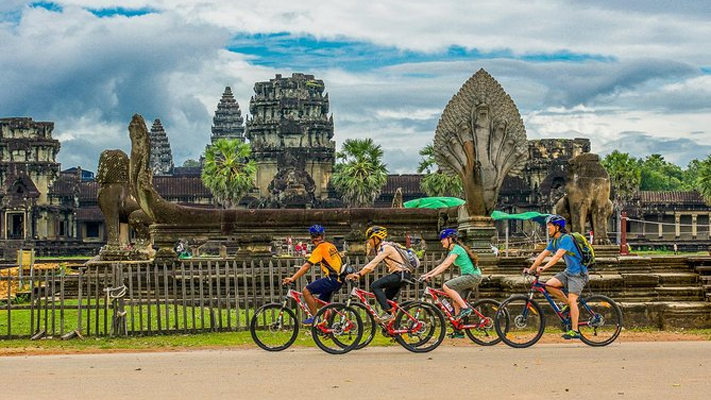
Activities Popular with Tourists
There are many popular activities that tourists can do when visiting Angkor Wat and the surrounding area. Here are some of the most popular activities:
1. Temple exploration: The main attraction of Angkor Wat is its temple complex, which includes several temples and buildings. Visitors can spend hours exploring the temples and admiring the intricate carvings and bas-reliefs.
2. Sunrise and sunset viewings: Many visitors wake up early to watch the sunrise over Angkor Wat, which is a popular and iconic photo opportunity. Sunset viewings are also popular, with many visitors gathering at the temple complex to watch the sun go down over the surrounding jungle.
3. Photography: Angkor Wat and the surrounding temples are a popular subject for photographers, with many visitors bringing their cameras to capture the beauty and grandeur of the complex.
4. Cycling and hiking: The surrounding area of Angkor Wat is home to several hiking and cycling trails, which are a popular way to explore the surrounding countryside and experience the local culture.
5. Floating village tours: Visitors can take a boat tour of the nearby floating villages, which are built on stilts above the water and are home to local fishing communities.
6. Cultural shows: There are several cultural shows and performances in the area, including traditional Khmer dance and music performances.
7. Local food and markets: Visitors can sample the local cuisine at one of the many street markets and food stalls in the area, which offer a wide range of local delicacies and dishes.
Must See Nearby Places
There are several nearby places that visitors to Angkor Wat should consider adding to their itinerary. Here are some must-see nearby places:
1. Angkor Thom: Angkor Thom is a nearby temple complex that was once the capital of the Khmer Empire. It is home to several temples and buildings, including the famous Bayon Temple, which features giant stone faces on its towers.
2. Ta Prohm: Ta Prohm is a temple complex that has been left largely in its natural state, with trees and vegetation growing among the ruins. It is a popular spot for photographers and is known for its atmospheric and romantic ambiance.
3. Tonle Sap Lake: Tonle Sap Lake is the largest freshwater lake in Southeast Asia and is home to several floating villages. Visitors can take a boat tour of the lake and visit the villages to learn about the local fishing communities and their way of life.
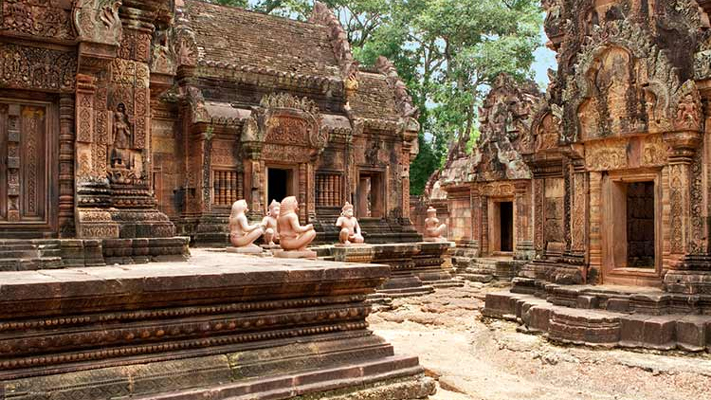
4. Banteay Srei: Banteay Srei is a temple complex located about 25 km (15 miles) northeast of Angkor Wat. It is known for its intricate carvings and bas-reliefs, which are considered some of the finest examples of Khmer art.
5. Phnom Kulen National Park: Phnom Kulen National Park is located about 50 km (31 miles) from Angkor Wat and is home to several waterfalls, hiking trails, and ancient ruins. It is a popular spot for hiking, swimming, and picnicking.
6. Siem Reap: Siem Reap is the closest city to Angkor Wat and is known for its lively atmosphere, local markets, and vibrant nightlife. Visitors can explore the city’s colonial architecture and sample the local cuisine at one of its many restaurants and cafes.



